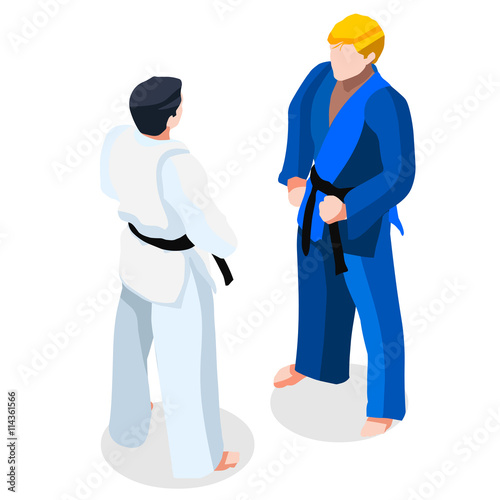A Historical Overview And Progression Of Martial Arts Around The World
A Historical Overview And Progression Of Martial Arts Around The World
Blog Article
Material By-Kaufman Fallon
Martial arts have a fascinating background that extends centuries and continents. You may locate it interesting just how ancient practices like Shuai Jiao and Kalaripayattu prepared for contemporary battle strategies. These self-controls not only stress physical abilities but additionally mirror the cultures that birthed them. As you discover their evolution, consider just how globalization has actually transformed these traditional forms into hybrid styles. What influences do you think have formed today's martial arts landscape?
Ancient Martial arts: The Structures of Battle
As you explore the world of ancient martial arts, you'll discover the rich structures that formed fight strategies across cultures. Early practices focused on Self-Defense and survival, commonly integrating strikes, grappling, and weapons.
In ancient China, as an example, methods like Shuai Jiao stressed tosses and joint locks, while India's Kalaripayattu showcased agility and fluid motion. Japanese samurai developed Kenjutsu, a refined swordsmanship that highlighted self-control and method.
These martial arts offered not just for fight yet also as a way of personal development, instilling values like regard and determination. The blending of these methods over time laid the groundwork for the varied martial arts you see today, each showing the unique viewpoints and requirements of its culture.
The Cultural Influence on Martial Arts Advancement
While martial arts commonly mirror the practical requirements of a society, they also personify the social values and ideas of their origins. When you discover different martial arts, you'll see how they're affected by faith, approach, and social norms.
As an example, the emphasis on regard and discipline in Japanese martial arts originates from Zen Buddhism and samurai culture. In contrast, Brazilian Jiu-Jitsu advertises adaptability and strategy, formed by the requirement for performance in a varied, multicultural environment.
best martial art for self defense might discover that the routines, uniforms, and training methods mirror a neighborhood's background and identification. By recognizing these social influences, you grow your appreciation of martial arts and their duty fit human experiences around the world.
Modern Adaptations and the Globalization of Martial arts
Martial arts have actually transformed dramatically in recent years, adapting to modern society and international influences. You'll discover that traditional forms have mixed with modern methods, producing hybrid styles like mixed martial arts. These adaptations deal with diverse audiences, making martial arts easily accessible and attractive around the world.
With the surge of social media sites and electronic systems, you can discover tutorials and competitors from all corners of the globe, damaging geographical obstacles. This globalization has brought about a shared appreciation for different self-controls, from Brazilian Jiu-Jitsu to Taekwondo.
As hop over to this website involve with these arts, you'll realize they're not almost combat; they promote health and fitness, technique, and mental health.
Eventually, modern-day adaptations have enriched the martial arts landscape, making it a vibrant and developing method.
Final thought
In checking out the history and evolution of martial arts, you discover a fascinating mix of techniques, societies, and ideologies. From old self-controls like Shuai Jiao and Kalaripayattu to the modern flexibility seen in MMA, martial arts mirror humankind's pursuit for Self-Defense and personal growth. As you involve with these practices, you not just get skills but likewise a deeper appreciation for the varied practices that shape our globe today. So, continue your trip and embrace the art of battle!
